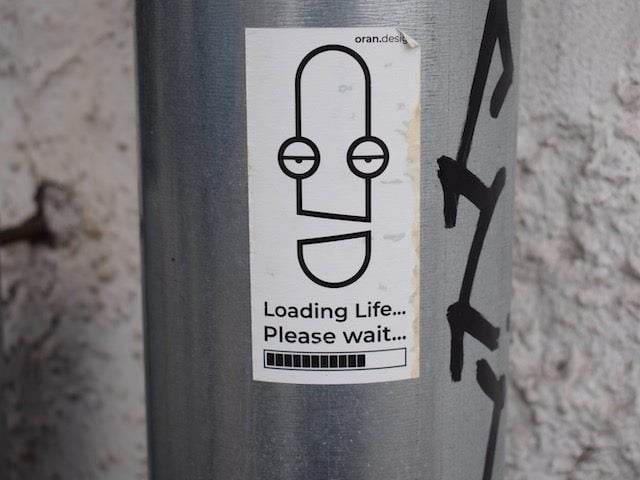
B2B marketers declare their websites to be No. 1 for demand generation, beating digital advertising, search engine optimization, sales enablement and partner enablement. But there’s a problem, their websites aren’t engaging customers, according to findings from Forrester’s report, “B2B Websites Still Fail Our Customer Engagement Test” (Subscription Required). Why is this and what are some other common problems that exist within B2B websites?
Serving Too Many Masters
Focusing on customer needs is a critical part of any business and if you have a B2B website it’s easy to get caught up in adding content and sections which don’t necessarily serve your customers’ wants or needs. “One of the problems with B2B websites is they’re trying to serve too many masters,” said Laura Ramos, a Forrester analyst and author of the report. “You need to get ahead of thinking about what your customers are really looking for.”
Not Addressing Complete Buyer’s Journey
The customer whether complex or simple requires content at each stage of the sales funnel and Jenna Weinerman, marketing director at Updater, sees that many B2B websites don’t address the needs of buyers at all stages of their journey. “If the only way to get information from your company is by talking to a salesperson, you’re missing an entire audience that may not be ready to dive deep just yet.”
Terrible Website Experience
The overall site experience can obviously make or break a sale but some B2B companies don’t seem to get that. Can your customers talk to someone right away? Can they find what they are looking for?
An antiquated look, hard-to-follow navigation or too many bells and whistles can drive your customers away fast. “In these situations,” he said, “the site tends to be overly focused on the wrong ‘B’ in B2B, which is them rather than their prospective clients,” said Rodger Roeser, CEO of The Eisen Agency.
Weinerman noted most B2B websites talk about what they do. They sell their services as “we do this,” “we do that,” or “we provide this.” “What they should be doing, though, is talking about how you can benefit from their product or service,” Weinerman said. “It’s like walking into a networking event or cocktail party and only talking about yourself instead of listening to others and figuring out how you can work together. If you always talk about yourself, the person listening won’t feel important or valued. In contrast, B2C websites talk directly to the consumer and address their needs head-on.”
Related Article: 6 Ways to Maximize the Power of Your B2B Website
Lack of Easy Prospect Connections
One of the most common problems with B2B websites, and that B2C websites do much better, is communication, according to Paul Entin, president of epr marketing. Many B2C companies make it easy to quickly get in touch with a live person, whether by live chat or other methods. They understand, he said, that a quick conversation often makes the difference between closing a purchase and losing a prospect to the back button. “Many B2B companies, however, still push prospects onto a contact form that looks like it was designed in 1999,” Entin added. “This makes prospects wonder if the form submission is actually going to be seen by anyone.”
This is a symptom of B2B sites simply lacking a focus on the customer. “In fact, I’d suggest the entire marketing approach of many B2B companies lacks a focus on the customer, so it makes sense that inward approach is presented in the website,” Entin said.
Related Article: How to Create a B2B Prioritized Sales List Using SEO
Dense Content Filled With Jargon
Diane Callihan, president of Callihan Content Creation, added that the majority of B2B companies tend to be too formal in their marketing and “often view their customers as stuffy corporate stereotypes instead of real, live people.” This results, she said, in content that is dense, filled with jargon and designed to impress and establish expertise instead of aiming to help solve someone’s problem. “It also leads to websites designed with stale stock photography — business people shaking hands or holding a globe.”
Roeser said B2B sites tend to go into lengthy narratives about history, staff, leadership. “And perhaps worst of all, when explaining what they’re business does, it is done so in a matter that only someone in that business would even understand. It is riddled with jargon. So often, we see websites from accountants or law firms that seem to wanting to turn a prospective customer into an accountant or lawyer.”
Treating all Content Equally
Not all B2B content should be created equal, according to Ramos. B2B companies too often try to treat all content equally for a wide spectrum of audiences. Content, she said, needs to be precise, segmented and slanted toward who B2B teams are trying to influence.
